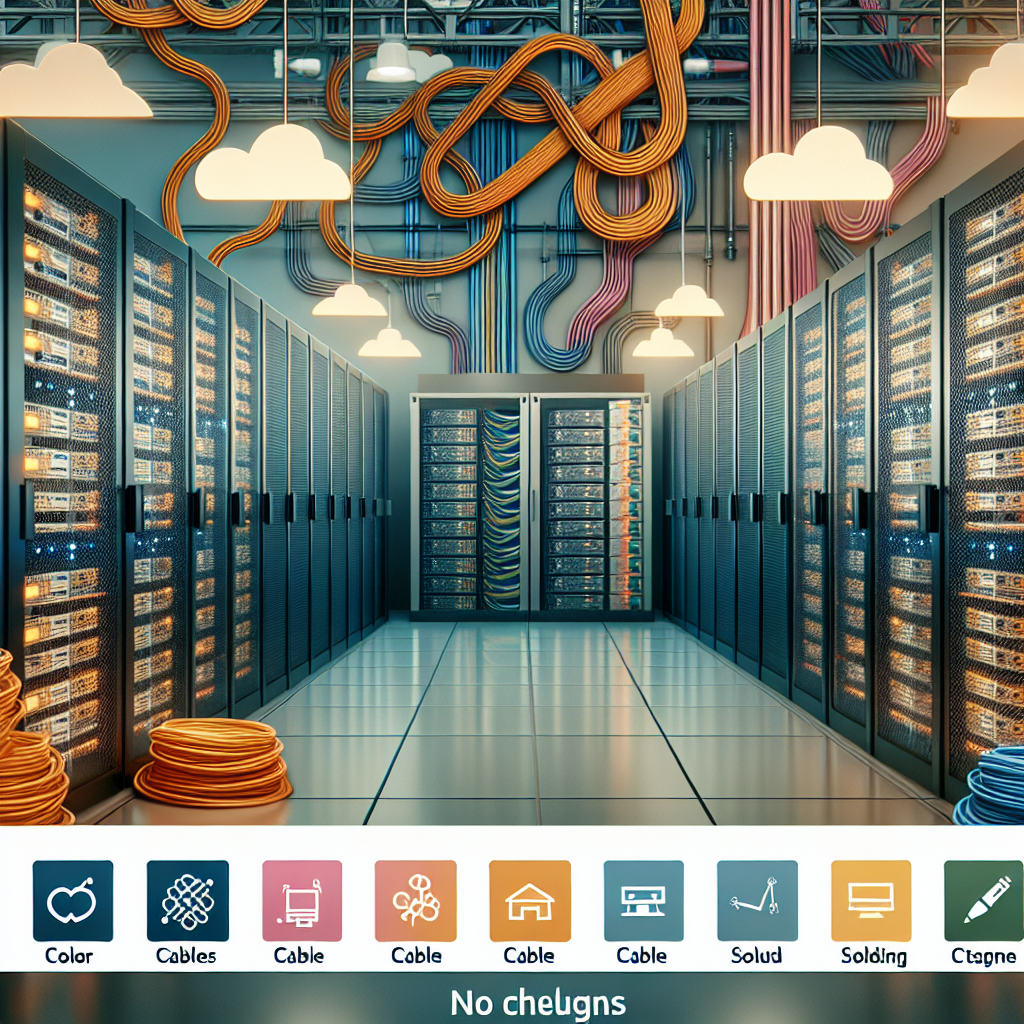Your cart is currently empty!
Common Challenges and Solutions in Data Center Cabling

Data center cabling is a critical component of any organization’s IT infrastructure. It serves as the backbone that enables communication and data transfer between servers, storage devices, and networking equipment. However, setting up and maintaining an efficient cabling system in a data center can be a complex and challenging task. In this article, we will discuss some common challenges faced in data center cabling and explore potential solutions to overcome them.
One of the most common challenges in data center cabling is cable congestion. As the number of devices and connections in a data center grows, so does the amount of cabling required. This can lead to a tangled mess of cables that are difficult to manage and troubleshoot. To address this issue, organizations can implement cable management solutions such as cable trays, racks, and labels to organize and route cables in a neat and orderly manner. Using color-coded cables can also help in identifying and tracing connections more easily.
Another challenge in data center cabling is cable length and distance limitations. Traditional copper cables have a limited range over which they can transmit data, which can be a problem in large data centers or facilities spread over long distances. To overcome this limitation, organizations can consider using fiber optic cables, which have a much higher bandwidth and can transmit data over longer distances without signal degradation. Fiber optic cables are also more resistant to electromagnetic interference, making them a reliable choice for high-speed data transmission in data centers.
Data center cabling also faces challenges related to scalability and flexibility. As organizations expand and upgrade their IT infrastructure, they may need to add new devices or rearrange existing connections in the data center. This can be a cumbersome and time-consuming process if the cabling system is not designed with scalability and flexibility in mind. To address this challenge, organizations can adopt modular cabling solutions that allow for easy additions and changes without disrupting the entire system. Using pre-terminated cables and connectors can also speed up the installation process and reduce the likelihood of errors.
Lastly, data center cabling can be vulnerable to physical damage and environmental factors. Cables that are not properly protected or secured can be easily damaged by accidental pulls, bends, or exposure to moisture, heat, or dust. To mitigate these risks, organizations can invest in durable and quality cabling products that are designed to withstand harsh conditions. Implementing proper cable management practices, such as securing cables with cable ties and using cable protectors, can also help in preventing damage and ensuring the longevity of the cabling system.
In conclusion, data center cabling presents several challenges that organizations need to address in order to maintain a reliable and efficient IT infrastructure. By implementing proper cable management solutions, using the right cabling technology, and designing for scalability and flexibility, organizations can overcome these challenges and ensure a robust and resilient cabling system in their data centers.

Leave a Reply